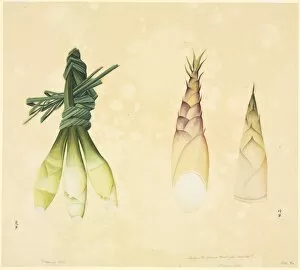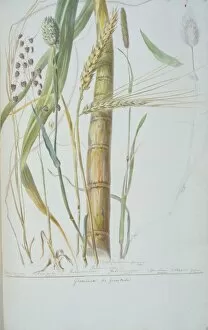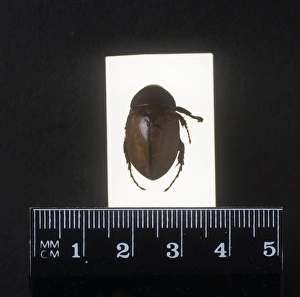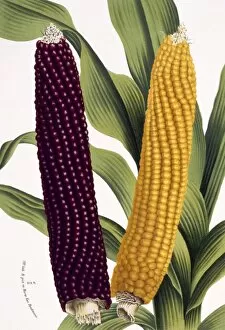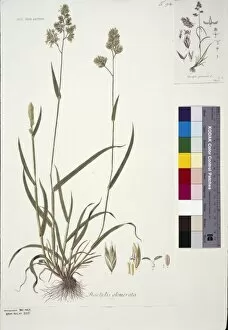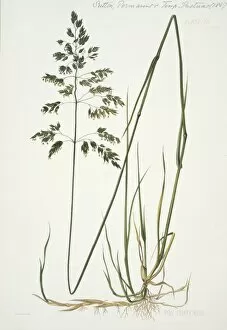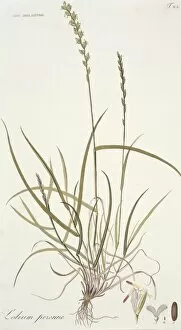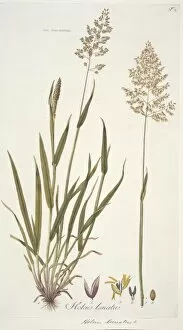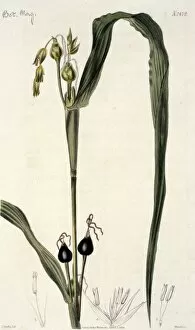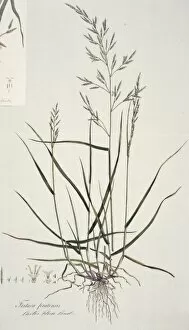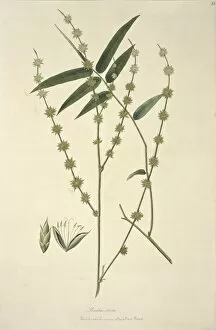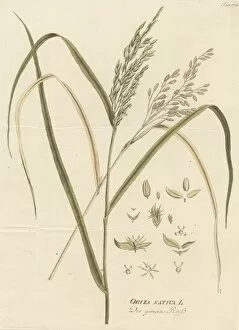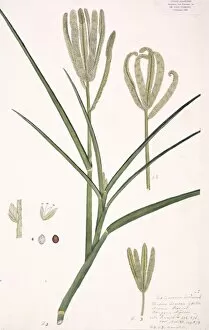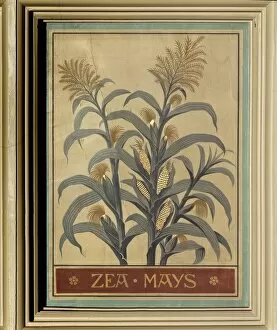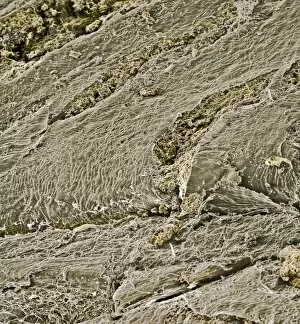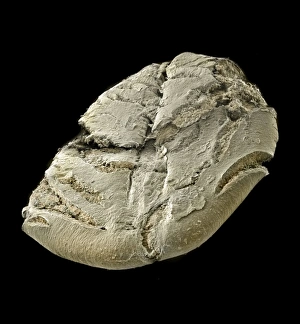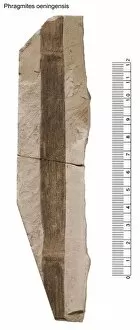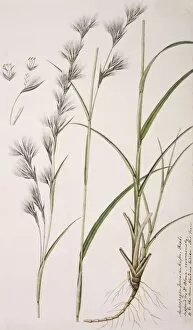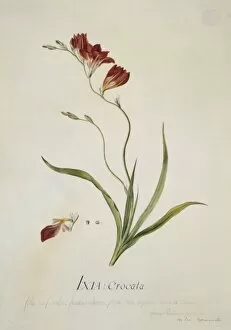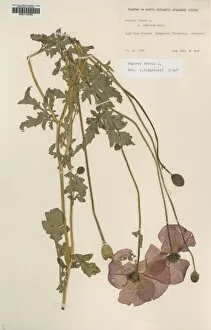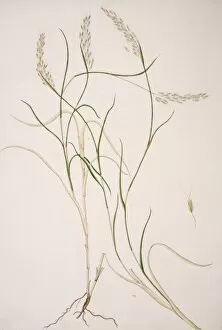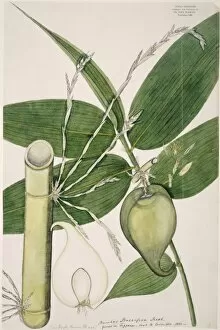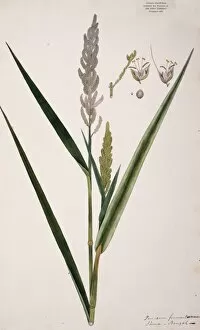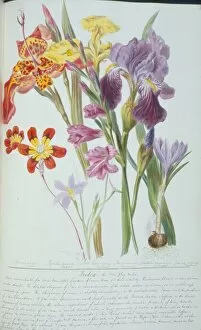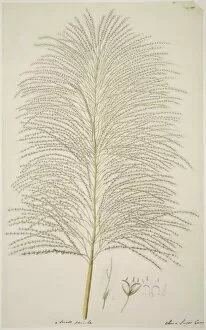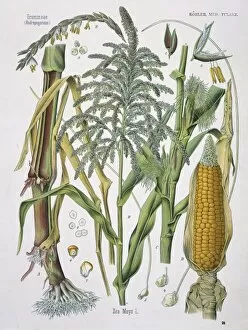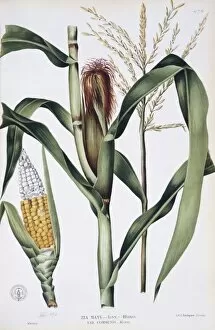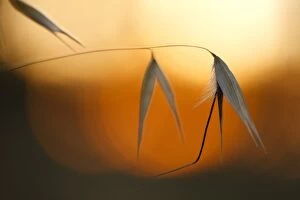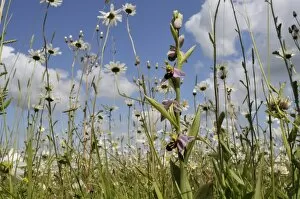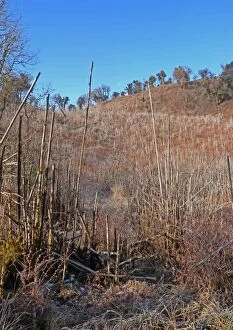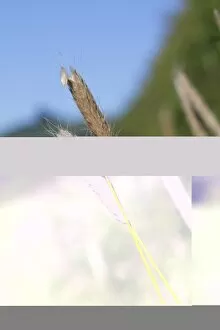Poaceae Collection (page 7)
Poaceae, commonly known as the grass family, encompasses a diverse range of plants that play a crucial role in our ecosystems
All Professionally Made to Order for Quick Shipping
Poaceae, commonly known as the grass family, encompasses a diverse range of plants that play a crucial role in our ecosystems. From towering palms swaying gracefully in front of rice terraces to the resilient marram grass thriving on coastal sand dunes, these species demonstrate the adaptability and resilience of Poaceae. In Jatiluwih Green Land, Bali, Indonesia, Arundo donax or giant reed stands tall amidst a pile of stones. Its sturdy stems and feathery plumes create an enchanting sight against the backdrop of lush green rice fields. Speaking of rice (Oryza sativa), its terrace cultivation is an age-old practice that sustains communities worldwide. Anderby Creek in Lincolnshire showcases another remarkable adaptation within Poaceae - Marram Grass (Ammophila arenaria). This hardy grass thrives in sandy habitats near hamlets and helps stabilize fragile coastal dunes while providing shelter for various organisms. Moving onto agricultural significance, Saccharum officinarum or sugar cane symbolizes sweetness and economic prosperity. Its tall stalks laden with sucrose-rich juice have been cultivated for centuries to satisfy our sweet tooth and fuel industries around the globe. Friticum hordeiforme or wheat holds immense importance as one of humanity's staple crops. The golden fields sway gently under blue skies, promising bountiful harvests that sustain millions worldwide. Irrigated rice fields present a mesmerizing spectacle with their shimmering waters reflecting sunlight onto vibrant green paddies. Oryza sativa flourishes here thanks to human ingenuity and careful water management practices. Phragmites australis or common reed paints serene landscapes with its slender stalks rising from wetlands. These versatile plants provide habitat for countless aquatic creatures while adding beauty to marshy environments. Even wildlife finds solace among Poaceae.











